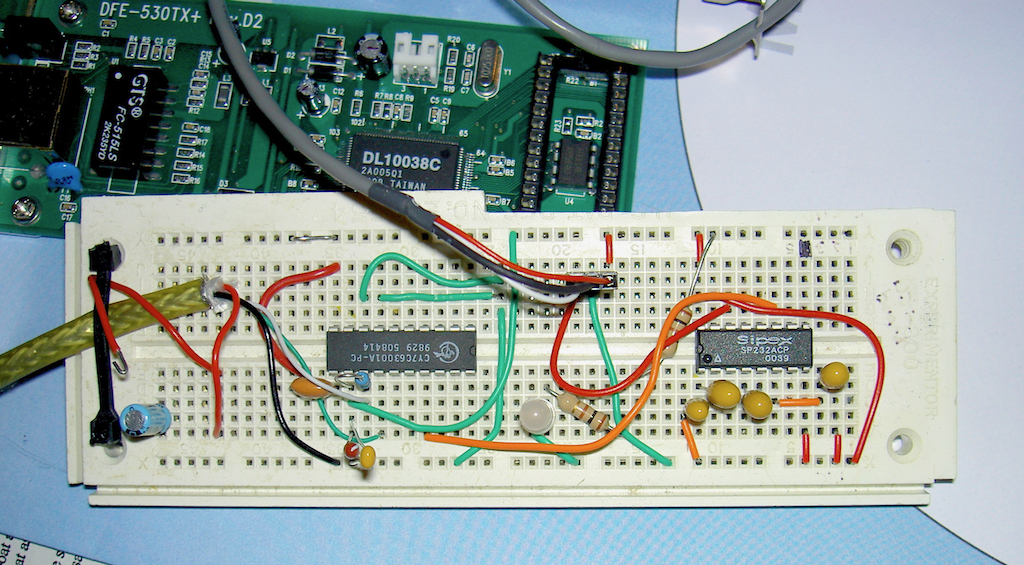Knox
April 27, 2005
A new application released today is an encrypted backup solution for Mac OS X called Knox. It maintains AES encrypted “vaults,” which can be opened and used as if it were a standard folder. After downloading the trial and using it for a while, I found that it works quite well and has that disctinct Mac application look and feel.
While I applaud the creators on creating a functional, great looking Mac application, I can’t really see myself buying it. The special sounding “vaults” are nothing more than encrypted disk images that are already built into Mac OS X 10.3 and later. You can create one yourself by clicking “New Image” in Disk Utility, found on every Mac in the /Applications/Utilities folder. Under the “Encryption” pop-up menu, choose “AES-128 (recommended)” and “Sparse Disk Image” under the “Format” menu. After naming it and clicking Create, you will have a new, empty disk image whose contents will be encrypted. A “Sparse Disk Image” is simply an image that expands as new content is added. When the disk image is ejected, the contents cannot be opened unless you know the password or can somehow break AES-128 encryption. The “.sparseimage” file is the same as a Knox Vault file, but you’ve created it and can use it for free.
The only real benefit that Knox offers is the ability to keep track of and automatically backup your vault files. However, if you have even minimal organizational skills, you can surely keep track of a single important file. Keep it in your Home folder, or your Documents folder, and open it as needed, copy sensitive files into it, then eject it. Knox can schedule the copying of your vaults to another drive, your iPod, iDisk, or a network drive – all of which can be done manually, or with a little work, automatically as well.
Knox seems like a great little application for those who want to be able to effortlessly create encrypted backups of information, but I think the $30 price tag is high, given that the functionality it provides is already built into the Mac OS X system.
Update: I’ve been using Knox for several days now, and I must say that it’s starting to grow on me the more I use it. While based on standard OS X features, it’s definitely quicker to make a new vault than it is to make a new sparseimage in Disk Utility. I haven’t used the iDisk backup features, as I don’t have a whole lot of available space on my iDisk, but the ability to backup to a network share is great.


